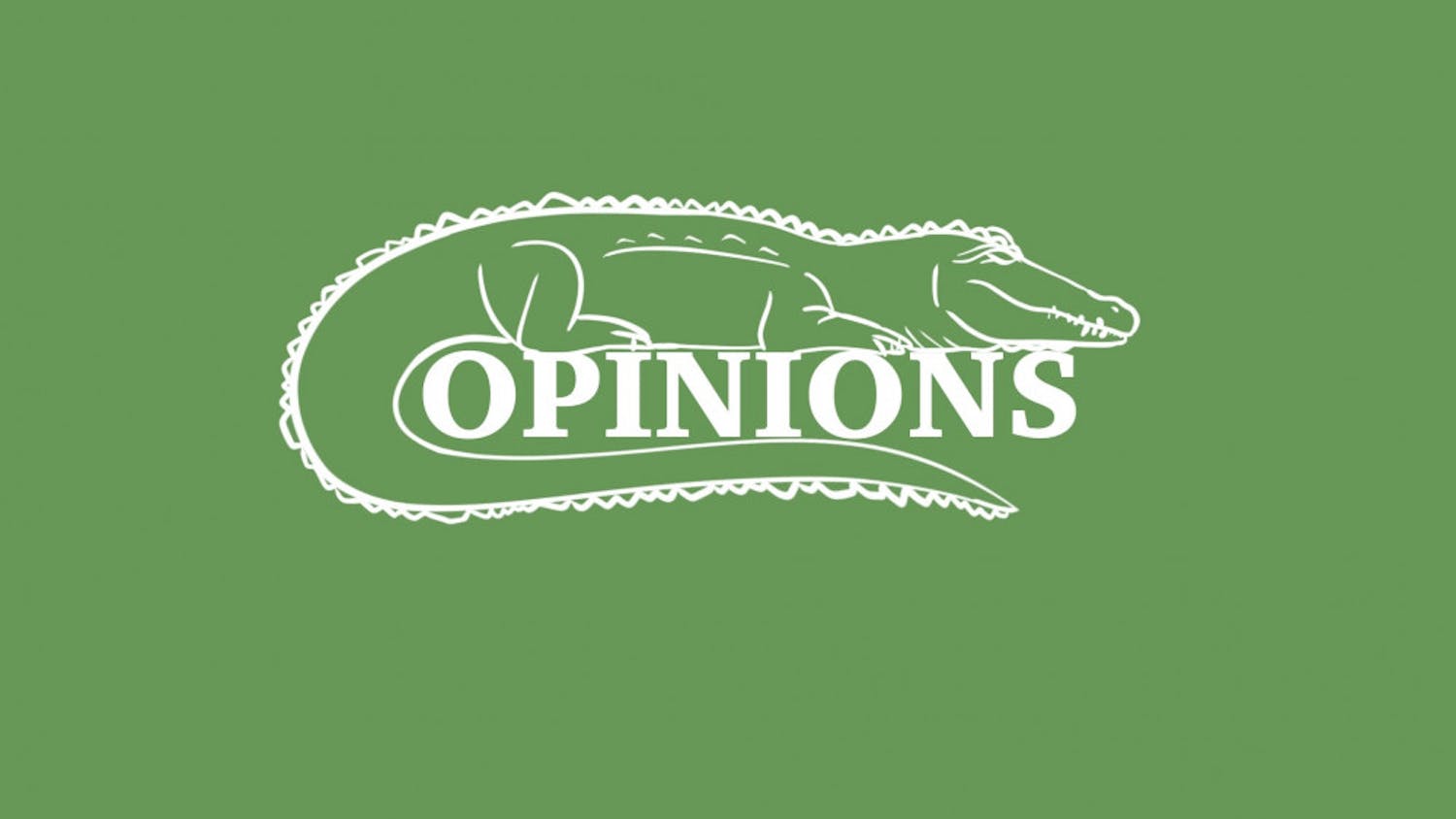UF researchers participated in a six-year national project to create the most comprehensive tree of life to date for placental mammals, which are animals that bear live young.
The study, published Thursday in the journal Science, contains data on about 4,500 characteristics of more than 80 species of placental mammals, said co-author Jonathan Bloch, associate curator of vertebrate paleontology at UF’s Florida Museum of Natural History. The large database includes characteristics of animals’ teeth, skull, muscle, nerves, blood and behavior.
“My philosophy has always been, ‘More data will always be better,’” he said.
Bloch led the team responsible for coding primates, which includes humans and their fossil relatives. He explained one method of coding, which entails making simple individual observations about how animals physically look and then relating it to numbers. For example, if an animal has a big head, it’s assigned a zero. Shared characteristics show how various animals are related.
Using living animals and fossils, researchers concluded that placental mammals rapidly diversified into modern-looking animals after the extinction of dinosaurs 65 million years ago, Bloch said. This is contrary to older studies, which argue this diversification happened 80 to 90 million years ago and include only molecular data.
Researchers used the tree of life to reconstruct an image of the common ancestor of placental mammals based on inferences, said co-author Mary Silcox, an assistant professor at the University of Toronto Scarborough. She said no fossil actually looks like the reconstructed image; it’s a hypothesis backed up by data that an artist turned into a picture.
Discovering the tree of life is like piecing together a crime scene, said lead author and manager Maureen O’Leary, an associate professor in the School of Medicine at Stony Brook University and research associate at the American Museum of Natural History. She said both processes aim to uncover what happened in the past using more than DNA.
Researchers used an online program called MorphoBank that allowed them to view archived data from different locations.
MorphoBank documented its specific actions thoroughly, a feature Bloch said is crucial in passing the study to future scientists who could eventually incorporate all animals into the tree of life.
Bloch also values the collaborative nature of the project.
“If you really want to approach a big question, you need lots of brains that really know what they’re talking about,” he said. “Together we were able to address the question in a bigger way than one person could alone.”





